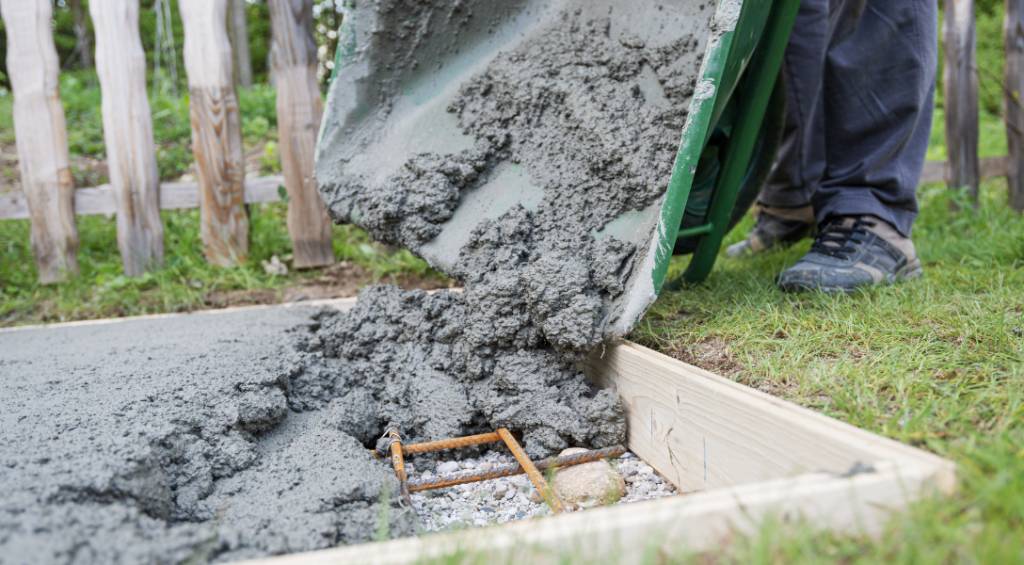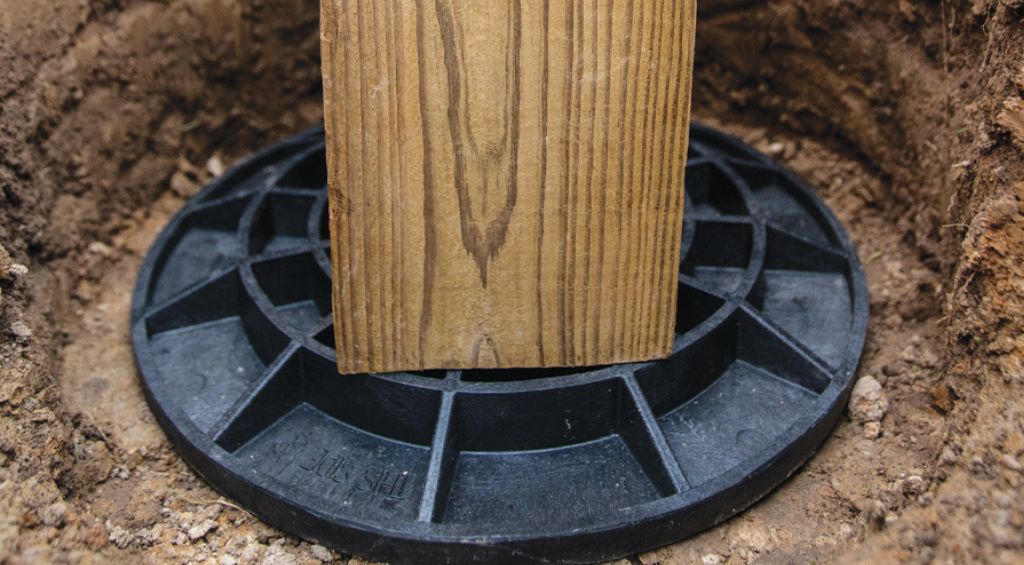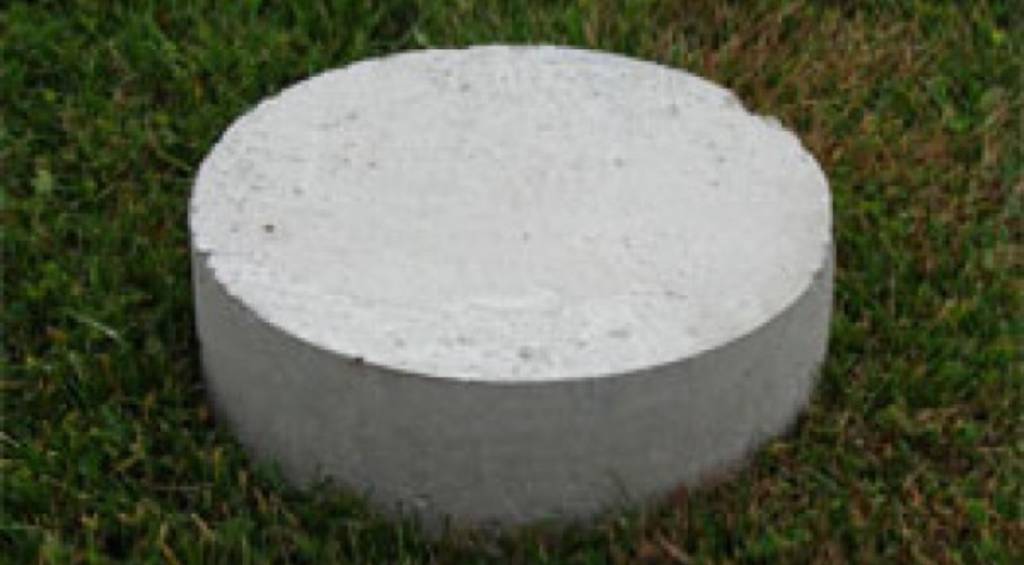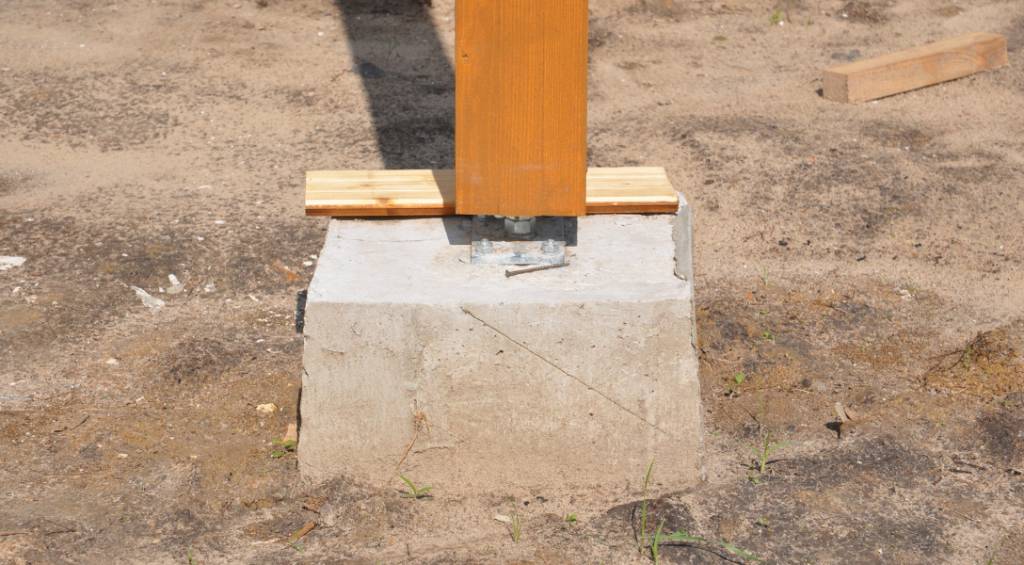Why Pouring Deck Footings is a BAD Idea

Forming a deck foundation is an exercise in patience and precision. For many, pouring deck footings – the deep, concrete anchors that secure your beautiful outdoor living space to the ground – has been the traditional way to go about it. But what if the common wisdom is neither wise nor beneficial? What if this traditional method leaves room for unnecessary risks and challenges that could be avoided?
In this article, we will expose some surprising realities about poured deck footings, ones that might lead you to question the status quo. Furthermore, we’ll introduce you to a more strength-guaranteed, time-saving, and even cost-effective alternative that has been revolutionizing the world of the post-frame building industry – an innovative solution by Midwest Perma-Column. First, let’s explore the downsides of poured footings and understand why they might not be the best choice for your deck foundation.
Downsides of Poured Footings

For countless decades, the poured footing has remained a construction stalwart, trusted and favored by tradespeople. It has been the go-to conventional choice, a stubborn holdover from a time when alternative options offering superior strength, longevity, and cost benefits were scarce. However, upon closer examination of the facts, it becomes evident that poured footings carry a set of troublesome drawbacks:
- Time-Consuming Process: Poured footings, by nature, require you to pour wet concrete into footprint molds. You are then at the mercy of the weather and need to wait for the concrete to set properly. This waiting game can mean unwelcome delays in your project timeline.
- Variable Quality: The nature of poured footings also allows room for human error. A single misstep in mixing, pouring, or curing can significantly reduce the quality and strength of the finished footing.
- Site Constraints: Challenging site conditions like uneven terrain, slopes, and damp soil, can make it especially difficult to pour deck footings.
- Inflexibility: Once a poured footing is set, there is no flexibility for changes in positioning or orientation. It’s a one-shot deal.
- Environmental Vulnerability: Being directly in contact with the soil, poured footings are subject to the whims of Mother Nature. Variations in moisture levels and potential shifts in the soil during freeze-thaw cycles can impact the stability and lifespan of such deck footings. What’s more, wet soil conditions during installation can lead to failure even before your project sees the light of day.
- Longevity Concerns: Despite the robust nature of concrete, poured footings are not invincible. From cracking due to soil movement, to damage from moisture and aggressive soil components, their longevity can be compromised.
- Limited Functionality: Poured footings essentially serve only one purpose – root your structure. They do not provide any additional functionalities, such as uplift resistance, or contribute to the overall structural strength of your construction.
Midwest Perma-Column prides itself on creating a pre-cast concrete product that not just matches but outperforms traditional poured deck footings in every aspect. It’s time to consider a better, faster, and more reliable foundation option for your next project- like FootingPad® Post Footings!
How to Create a Stronger Deck Foundation

While traditional poured deck footings may have their disadvantages, there’s no need for despair. At Midwest Perma-Column, we champion an innovative and superior alternative, our precast concrete deck footings, that not only avoids these issues but brings additional benefits to a deck foundation.
Our precast concrete deck footings reimagine the concept of deck foundations by literally raising the standards of their structural integrity, longevity, and installation efficiency. Made using high-density concrete in a controlled environment, these deck foundations bring a host of benefits:
- Enhanced Strength: Thanks to our advanced precasting and curing technology, Perma-Columns provide an impressive compression strength of 10,000 PSI – raising the bar for structural integrity.
- Weather Resistance: Freeze or thaw – Perma-Columns can hold their ground. The controlled manufacturing and curing process renders them immune to environmental influences and damage.
- Quick Installation: Forget waiting for concrete to set! Perma-Columns are good to go the instant you need them on site, keeping your project on schedule.
- Flexibility: Want to slightly reposition your structure’s footprint on the fly? No problem with Perma-Columns!
- Cost-effectiveness: With reduced labor costs due to their readiness for immediate installation, Perma-Columns prove to be a cost-effective choice. This effective time management translates into noticeable savings, making your construction project not only sturdy and durable but also economical.
Precast Concrete Deck Footing: The Better Way

It’s easy to see why more and more professionals are moving away from poured footings and embracing the future-grade strength, durability, and convenience of Perma-Column precast concrete deck footings. Moreover, the industry’s shift towards off-site manufacturing techniques, a focus on sustainable practices, rapid construction, introduction of new innovative engineering technologies, and interest in reducing on-site risks are all additional reasons to make the switch to precast concrete deck footings.
Take a leap forward from traditional deck footings and give your building a lasting and reliable structural backbone it deserves. A better deck foundation isn’t just possible – it’s available. Reach out to us at Midwest Perma-Column to discover how our top-quality Perma-Column precast concrete deck footings can elevate the longevity and strength of your structures.
For further inquiries, feel free to contact us. Let’s build smarter, together, today and always.

